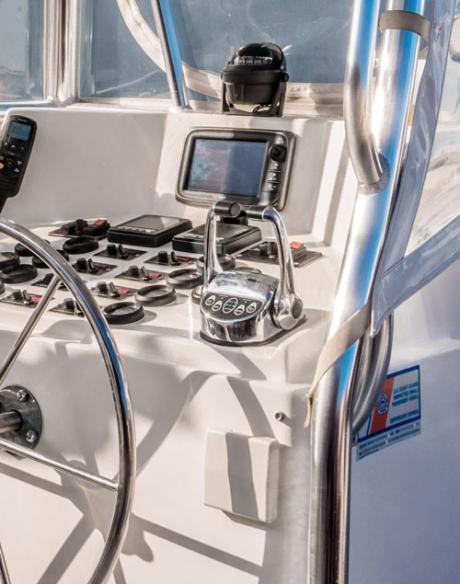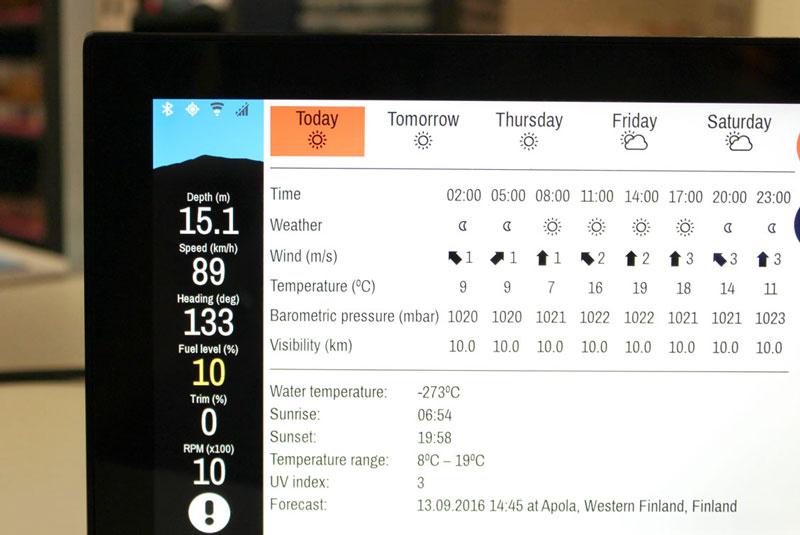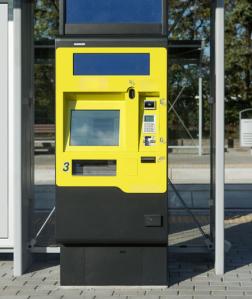One of the toughest environments for electronics in general and displays in particular is marine. Sea water is corrosive and needs to be kept well away from the internal electronics. At the same time, devices get exposed to extremes of heat and cold. The display needs to be easily and quickly readable to users in bright sunlight or complete darkness.
Here we look at some specific areas: thermal management, component specification and sunlight readability. Though this combination of requirements is pretty much unique to the marine environment, they are also a feature of most industrial display designs, so this extreme case contains lessons for everyone.
Why is thermal management important for Marine applications?
Thermal management needs to be carefully considered with a display that is likely to be exposed to the sun. Fitting a UV resistant overlay and using UV glues will help to reduce heating from the sun, but the electronics themselves will always generate some heat which needs to be eliminated.
A marine or other outdoor system needs to be sealed to IP67, which precludes the use of forced cooling like fans, as well as the provision of apertures. The best solution is to fit a heat sink, though of course this will increase the size and weight of the system.

Choosing the right components to cope with maximum temperatures
Unless the heat sink is really massive, some degree of heating is inevitable. The components need to be specified to handle the anticipated maximum temperature. Two parts of a display that are particularly affected are the polarizers and the liquid crystal (LC) fluid itself. Standard polarizers have a temperature range of -20 - +70°C but extended temperature range solutions with -30 - +85°C are available.
With the LC fluid, the specification to look out for is the ‘clearing point’. When the fluid gets too hot, it loses the ability to manipulate light, and goes black. You’ll probably have seen this phenomenon on your smartphone. It reverses itself when you return to a cooler environment. Standard LC fluids have a ‘clearing point’ of 70°C, but for displays where heat is an issue, materials with higher clearing points are available.
How to improve display readability for outdoor applications
The single best measure you can take to improve readability of a display in sunlight (or any other environment) is to use optical bonding between the cover glass and the display. Eliminating internal reflections between the different layers of the display by using glue that is optically matched to the glass improves readability no end. There are other things you can do, for example, increase the brightness of the backlight, but this comes with a penalty: the backlight will draw more power which will reduce battery life and increase the heat generated in the display.

Each and every marine and industrial application is unique with its own specific characteristics and challenges. Get in touch with our design team to look at your specific project.


